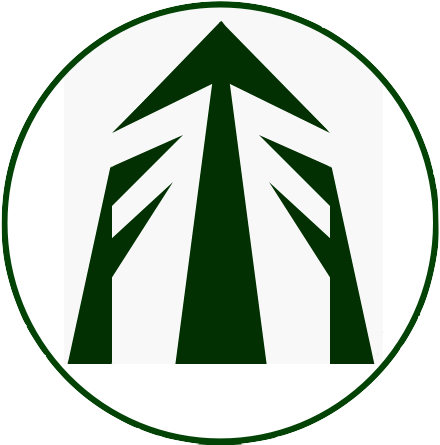The New Zealand Building Code
Both structural performance and durability performance are required under the Building Code for timber used in New Zealand for building.
Durability Performance
Timber used for building in New Zealand needs to comply with the building code in terms of durability performance (minimum "life expectancy" of the timber). NZS 3602 provides the "Acceptable Solution" for "alternative" species to radiata pine and Douglas fir. More »
Structural Performance
Structural timber also needs to meet requirements for structural performance. For more detail on structural timber see Structural Specialty Timbers and the Building Code »
The Building Act
Please note some links below all go to pages on the MBIE Building Performance website for more detail.
The Building Act 2004 provides the framework for New Zealand’s building control system. The Ministry of Business, Innovation and Employment (MBIE) administers the Building Act.
MBIE Compliance provisions prescribe how a building design must comply with the NZ Building Code. The Building Code sets minimum performance standards for all New Zealand building work and designs based on the Acceptable Solutions and Verification Methods set out in these provisions must be accepted by building consent authorities as demonstrating compliance with the Building Code.
These Compliance provisions provide:
- Prescriptive tests or calculating methods (Called Verification Methods), or
- Prescriptive step-by-step methods (Called Acceptable Solutions).
"Acceptable Solutions" are sometimes referred to as "cookbook" solutions because they prescribe a "recipe" for ensuring compliance. Designs which do not meet these prescribed solutions become Alternative solutions. Accepting compliance with the building code is then at the discretion of the building consent authority.
Amendments can also be made to Compliance provisions.
The Building Code handbook "shows the relationship between the New Zealand Building Code (the Building Code) and various other Provisions that ensure buildings in New Zealand are safe and healthy to use".
Compliance provisions often reference New Zealand Standards (subject to any modification MBIE considers appropriate). For structural timber Clause B1 of the Building Code requires:
For timber durability Clause B2 requires
The Alternative to Acceptable Solutions and Verification Methods: The "Alternative Solution"
The NZ Standards mostly reference only radiata pine and Douglas fir. To be able to use other timbers and comply with the Building Code may require an Alternative Solution.
An Alternative Solution is a building design, of all or part of a building, that demonstrates compliance with the Building Code. It can include a material, component or construction method that differs completely or partially from those described in the Compliance Documents.
The designer or owner needs to provide sufficient information and evidence that demonstrates the proposal will meet the provisions of the Building Code. The building consent authority needs a clear understanding of what the building consent applicant is trying to achieve.
The documentation for the proposed alternative solutions must contain sufficient evidence to show that the identified performance criteria of all relevant clauses will be met. The amount of evidence may be significant.
The evidence is assessed by the Building Consent Authority who may decide to issue a building consent. If a dispute arises over a Building Consent Authorities decision on a building consent, a "determination" may help to resolve this. A determination is a binding decision made by the Department of Building and Housing. It provides a way of solving disputes or questions about the rules that apply to buildings.
For example MBIE (and its predecessors, the Department of Building and Housing and the Building Industry Authority) has issued six determinations about the use of macrocarpa or cypress timbers in buildings. In all six cases, the question was whether these timbers, as installed, complied with Building Code Clause B2 Durability.
The six determinations have established certain criteria to decide whether macrocarpa, or Lawson or Mexican cypress timbers, are Code-compliant when installed to the exterior of buildings. Such timbers have been determined to be equivalent to structural-grade radiata pine treated to Hazard Class H3.2, and therefore comply with Clause B2 (they have a durability of at least 50 years according to Clause B2.3.1 (a)(i)) of the Building Code if:
- they are heart timbers
- they are not in contact with the ground
- they are relatively easy to replace
- their surfaces are treated with an appropriate preservative
- their cut ends are similarly treated or suitably capped
MBIE can initiate a determination where it believes it is necessary to achieve the aims of the Building Act.
Disclaimer: While every effort is made to ensure the accuracy of the information provided on this site, Farm Forestry Timbers Society do not accept liability for any consequences arising from reliance on the information published. If readers have any doubts about acting on any articles they should seek confirming, professional advice.
 Farm Forestry New Zealand
Farm Forestry New Zealand Farm Forestry Timbers - Headlines
Farm Forestry Timbers - Headlines